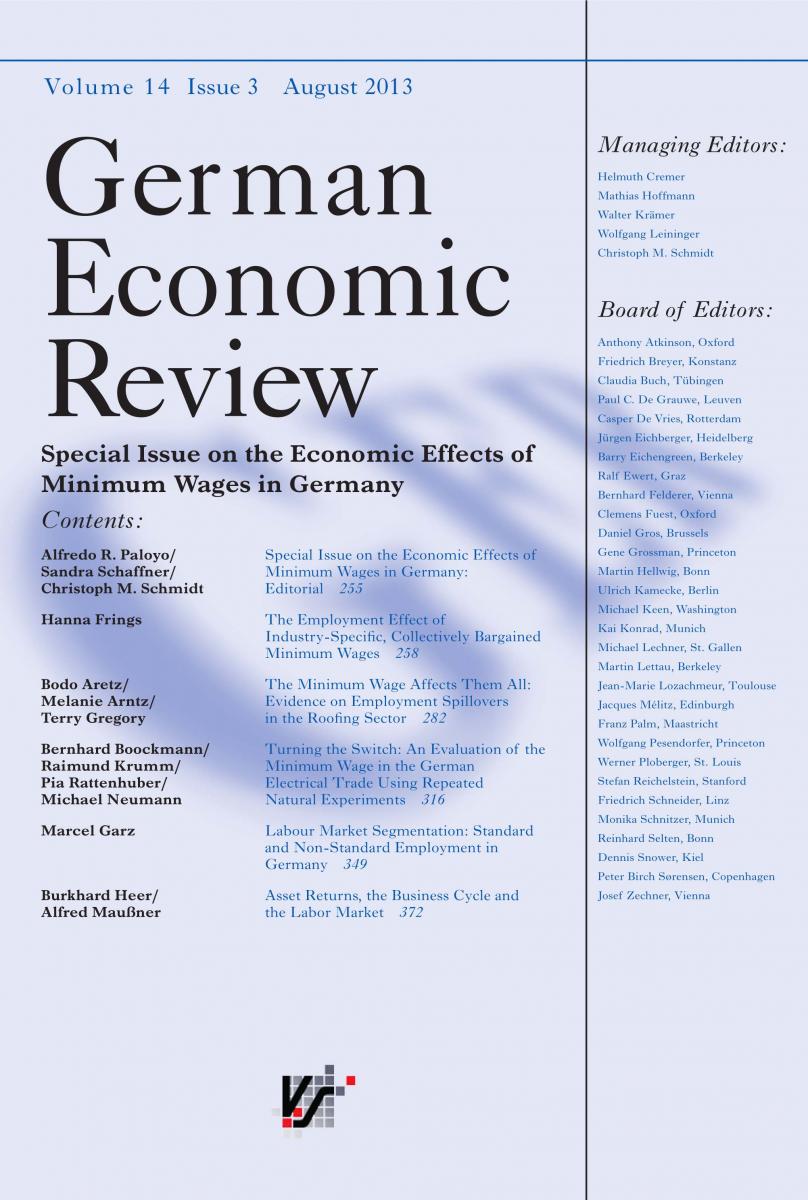
An Assessment of Bank Merger Success in Germany
German banks have experienced a merger wave since the early 1990s. However, the success of bank mergers remains a continuous matter of debate.This paper suggests a taxonomy to evaluate post-merger performance on the basis of cost and profit efficiency (CE and PE). I identify successful mergers as those that fulfill simultaneously two criteria. First, merged institutes must exhibit efficiency levels above the average of non-merging banks. Second, banks must exhibit efficiency changes between merger and evaluation year above efficiency changes of non-merging banks. I assess the post-merger performance up to 11 years after the mergers and relate it to the transfer of skills, the adequacy to merge distressed banks and the role of geographical distance. Roughly every second merger is a success in terms of either CE or PE. The margin of success in terms of CE is narrow, as efficiency differentials between merging and non-merging banks are around 1 and 2 percentage points. PE performance is slightly larger. More importantly, mergers boost in particular the change in PE, thus indicating persistent improvements of merging banks to improve the ability to generate profits.





